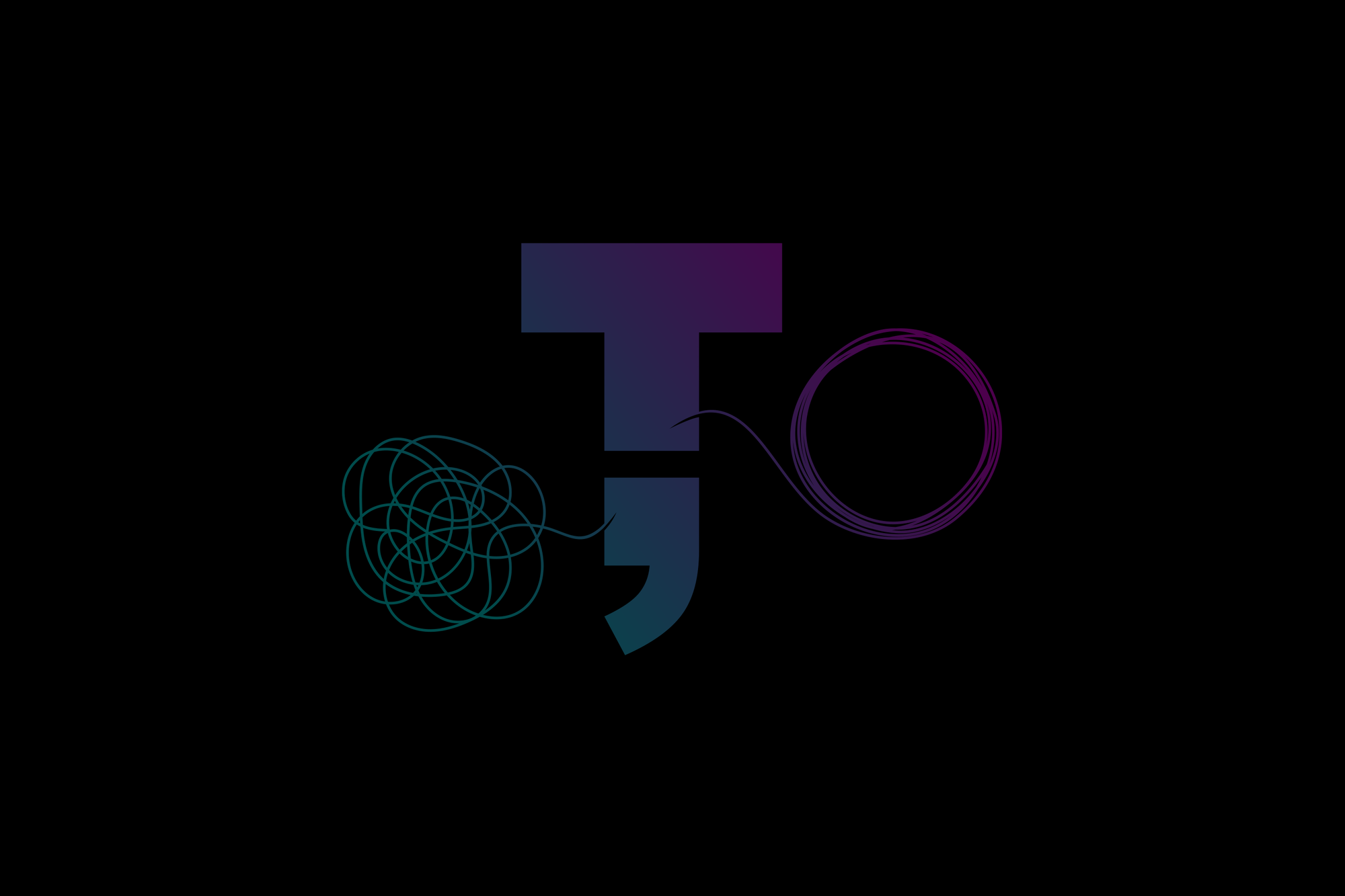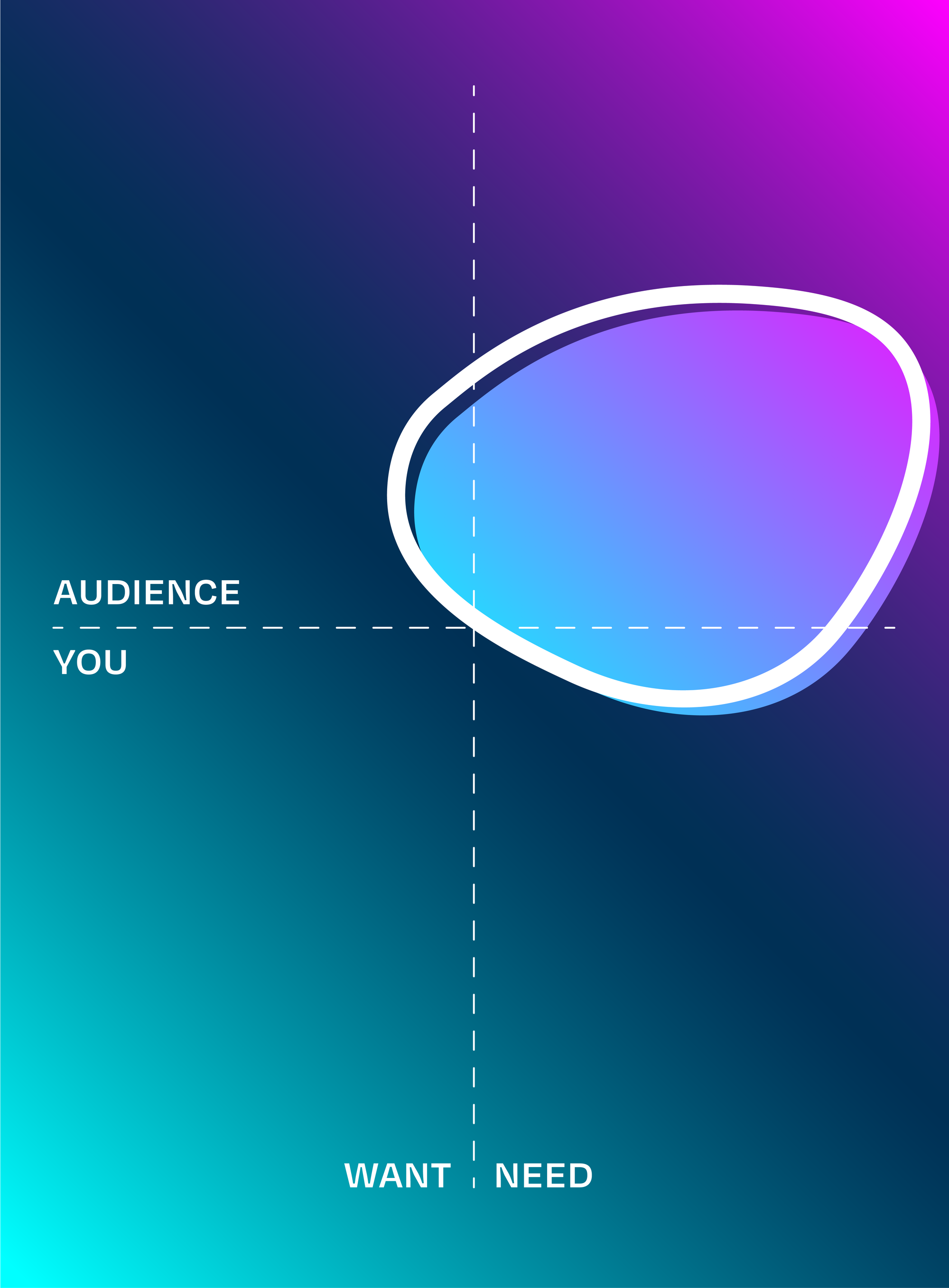
Desire-Relevance Matrix
We’ve all been in conversations where too much is said, or the wrong thing is emphasized. This often happens because we start from the wrong place — thinking about what we want to say, instead of what our audience needs to hear.
The framework distilled: Choose what to communicate.
The big idea is straightforward: Start with what your audience needs to hear. Then, add in a bit of what they want to hear. If you have something you truly need to say, find the right moment and framing. And if it’s just something you want to say — but no one needs or wants it — skip it. That kind of discipline can make your communication more focused, more empathetic, and more impactful.
The Desire-Relevance Communication Matrix is a framework for sorting and prioritizing information based on two dimensions:
- WHO the information serves (You vs. Your Audience)
- The level of DESIRE (Want vs. Need)
Positioning this into a two-by-two grid forms four quadrants:
- What Your Audience Needs to Hear (Top Right): This is the highest priority. Focus here first — this is what your audience depends on to make informed decisions.
- What Your Audience Wants to Hear (Top Left): Secondary priority. Useful for building trust, rapport, or a sense of recognition.
- What You Need to Say (Bottom Right): Sometimes, you have non-negotiable points to include — just be strategic in when and how you say them.
- What You Want to Say (Bottom Left): This should be eliminated. If it only serves your interests and the audience doesn’t want or need it, it has no place in the message.
The practical advice: Start with Quadrant 1, blend in some Quadrant 2, thoughtfully manage Quadrant 3, and avoid Quadrant 4 entirely.

There's more.
But time to Pause.
Full content is available
for members only.
Already have an account? Sign in.
